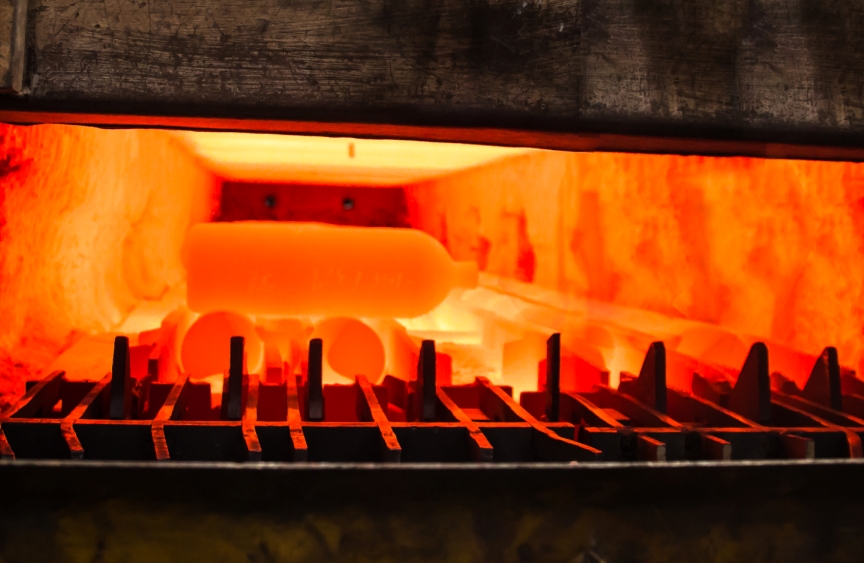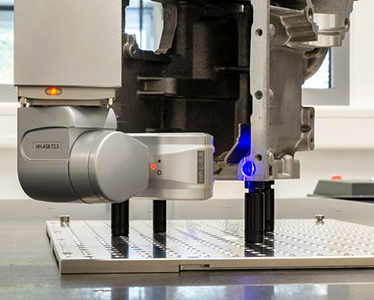What are the Types of Maple Forgings?
2023-09-16
Forgings can be divided into cold forging, warm forging and hot forging according to the temperature of the blank during processing. Cold forging is generally processed at room temperature, and hot forging is processed at a temperature higher than the recrystallization temperature of the metal blank.
Classified by structure
The difference in the complexity of the geometric structure of forgings determines that there is a clear difference between the die forging process and the die design. Defining the structure type of forgings is a necessary prerequisite for process design. In the industry, general forgings are divided into 3 categories, and each category is subdivided into 3 groups, a total of 9 groups.
Type 1—Forgings whose main body axis is vertically placed in the die cavity and have similar two-dimensional dimensions in the horizontal direction (mostly circular/revolving bodies, square or similar shapes). Upsetting steps are usually used in die forging of such forgings. It is subdivided into 3 groups according to the difference of forming difficulty.
1.1. Forgings formed by upsetting and slightly press-in, such as gears with little change in height between the hub and the rim.
1.2. Forgings formed by extrusion with slight upsetting or combined extrusion, pressing and upsetting, such as universal joint forks, cross shafts, etc. 1.3. Forgings formed by composite extrusion, such as hub shafts, etc.
Type 2—The main body axis is placed horizontally in the die cavity for forming, and the straight long axis forgings are long in one dimension in the horizontal direction. It is subdivided into 3 groups according to the degree of difference in the cross-sectional area of the vertical main axis.
2.1 Mapleforgings with little difference in cross-sectional area of the vertical main axis (the ratio of the largest cross-sectional area to the smallest cross-sectional area is <1.6, and other equipment can be used to make billets).
2.2 Mapleforgings with large differences in cross-sectional area of the vertical main axis (the ratio of the largest cross-sectional area to the smallest cross-sectional area>1.6, other equipment is required to make blanks in front), such as connecting rods, etc.
2.3Maple of forgings whose ends (one or both ends) are fork-shaped/branch-shaped, in addition to determining whether blank making is required according to the above two groups, the pre-forging process must be reasonably designed, such as casing forks.
The first and second types of forgings are generally planar parting or symmetrical surface parting, and asymmetrical parting increases the complexity of forgings.
Type 3 - forgings whose main axis is tortuous and lie on the die cavity. It is subdivided into 3 groups according to the direction of the main body axis.
3.1 The main axis of the group is bent in the vertical plane (the parting surface is a gently undulating curved surface or with a drop), but the plan view is a straight long axis shape (similar to the second category), and generally it can be formed without designing a special bending step forgings.
3.2 Maple forgings whose main axis is bent in the horizontal plane (the parting surface is generally flat), and bending steps must be arranged to form.
3.3 Maple forgings whose main axis is space bending (asymmetric surface parting).
There are also forgings with two or three types of structural features and more complex forgings, such as most automobile steering knuckle forgings.
























































